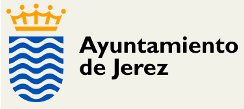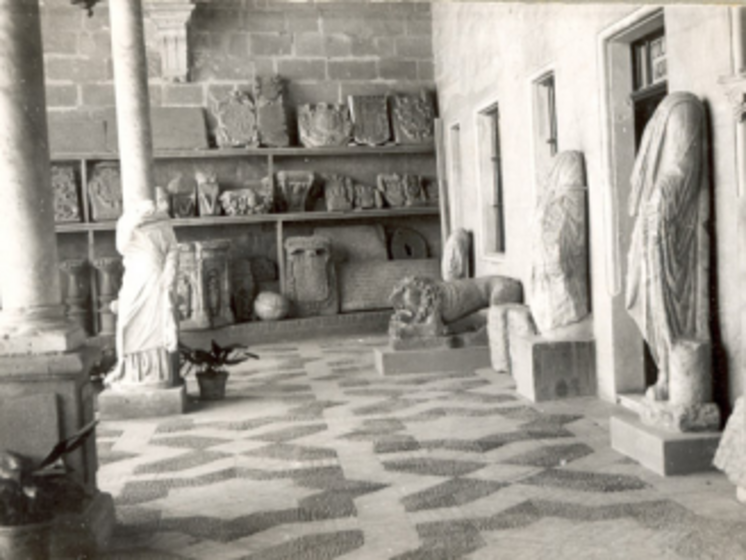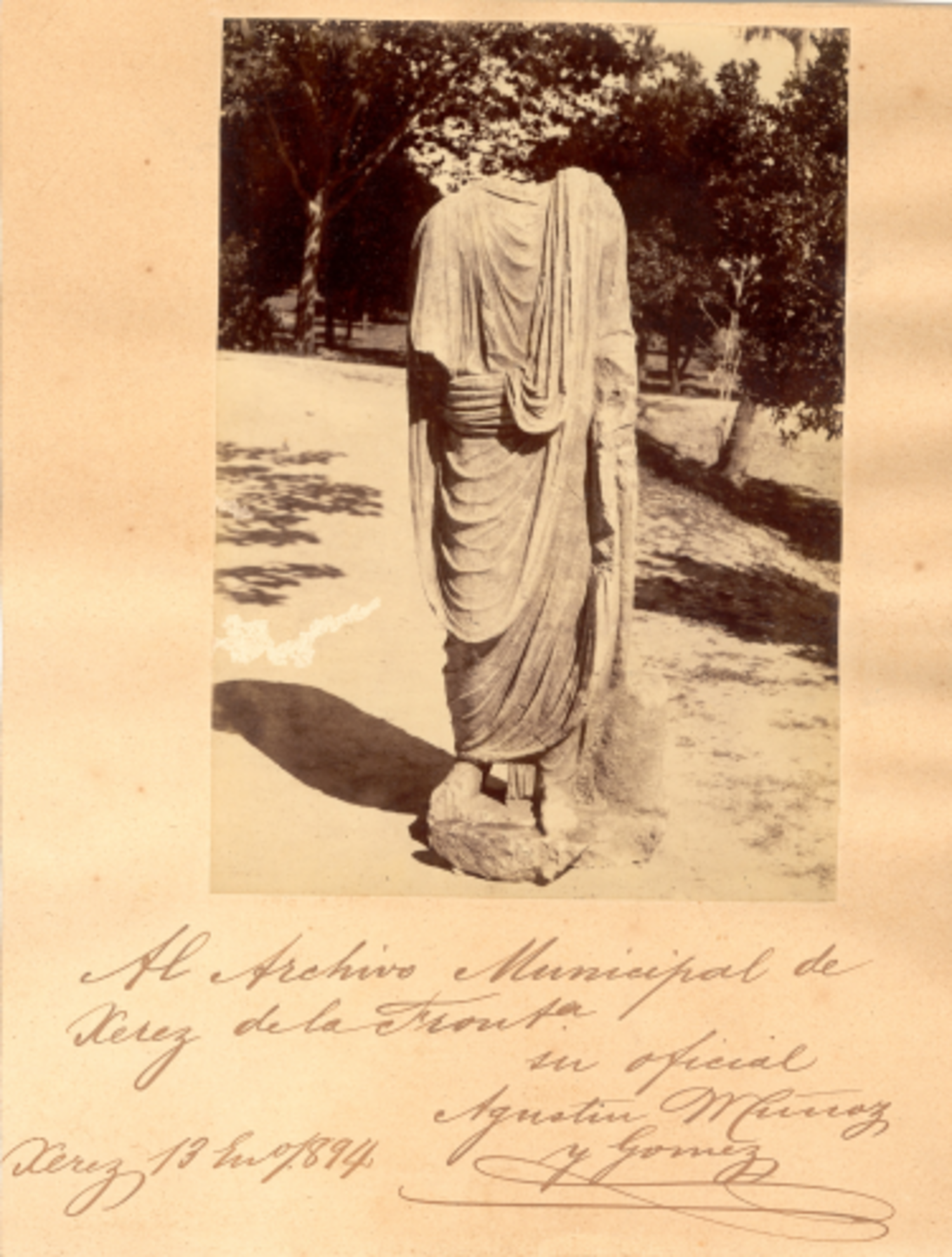
The origins of the Municipal Archaeological Museum of Jerez date back to 1873 in the city's Cabildo Viejo portico, when the also-called 'Archeological Deposit' was annexed to the Municipal Library.
After 1931, with Don Manuel Esteve Guerrero as director, this 'Deposit' was properly installed and catalogued. It opened to the public in 1935 as the 'Archaeological Collection' and added a further two rooms to the previous exhibition space.
In 1938, one of the most notable pieces in the collection was discovered - the exceptional Corinthian helmet from the Guadalete River. As the collection increased with objects from excavations organized by Manuel Esteve himself in Mesas de Asta, the ancient Hasta Regia granted this primitive Collection the status of Municipal Archaeological Museum by Ministerial Order in 1963.
Due to the bad condition of the facilities, the Museum closed in 1982. It re-opened in its current site on Plaza del Mercado on 9 November 1993.
It has formed part of the Andalusian Museum Registry since 1997. In 2005, the Museum began refurbishment and expansion to give a broader, more up-to-date vision of the city's history and its location.
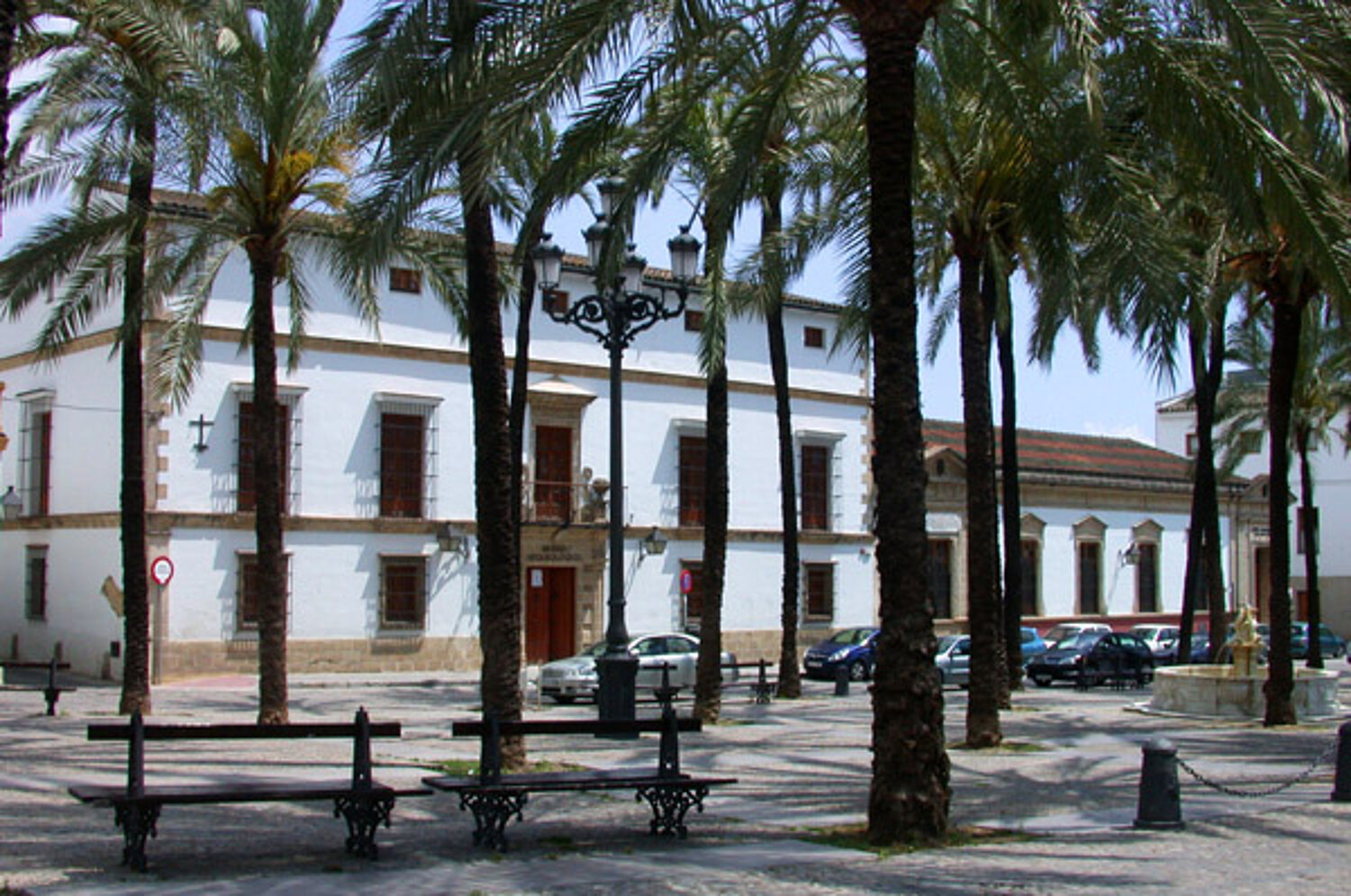
The museum building is located in the neighbourhood of San Mateo, one of the six parishes into which Alfonso X divided the ancient Islamic medina in 1264.
The current installations are spread around three patios, forming a wide extended complex measuring approximately 3,200 m2.
The main part of the permanent exhibition is found in a building dating back to the late 18th century. Its structure is typical of "casas patio" (courtyard houses) and is a lesser-scale copy of Baroque palaces.
In 1838, the San Juan Bautista College of Humanities was founded in this building thanks to part of Don Juan Sánchez's inheritance. It would later become the first provincial secondary school in 1851.

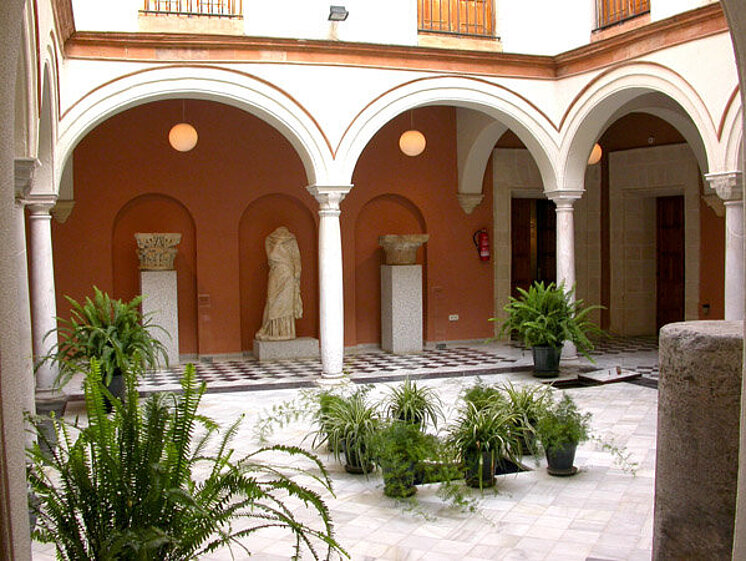
The School moved in 1884 and the old site is now occupied by the School of Santo Domingo. The current Julián Cuadra room, named in honour of this distinguished teacher, was built at around this time, specifically in 1890.
The building was a centre of learning until it was abandoned in the early 1970s. After restoration works in which new rooms were added, the complex went on to become the new site of the Municipal Archaeological Museum.
A new phase to extend the permanent exhibition rooms and reserve collection areas has recently been completed.
